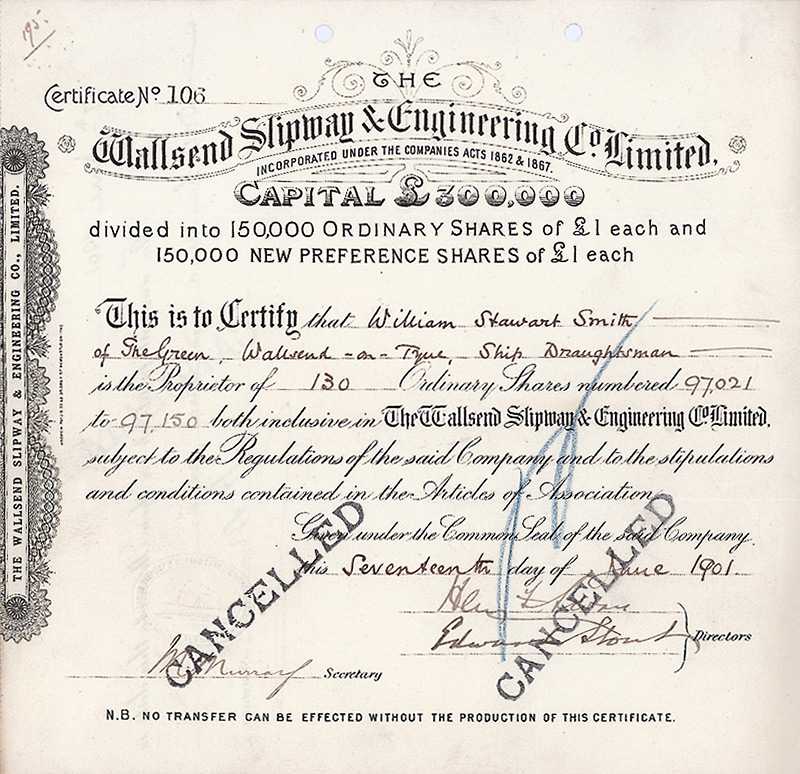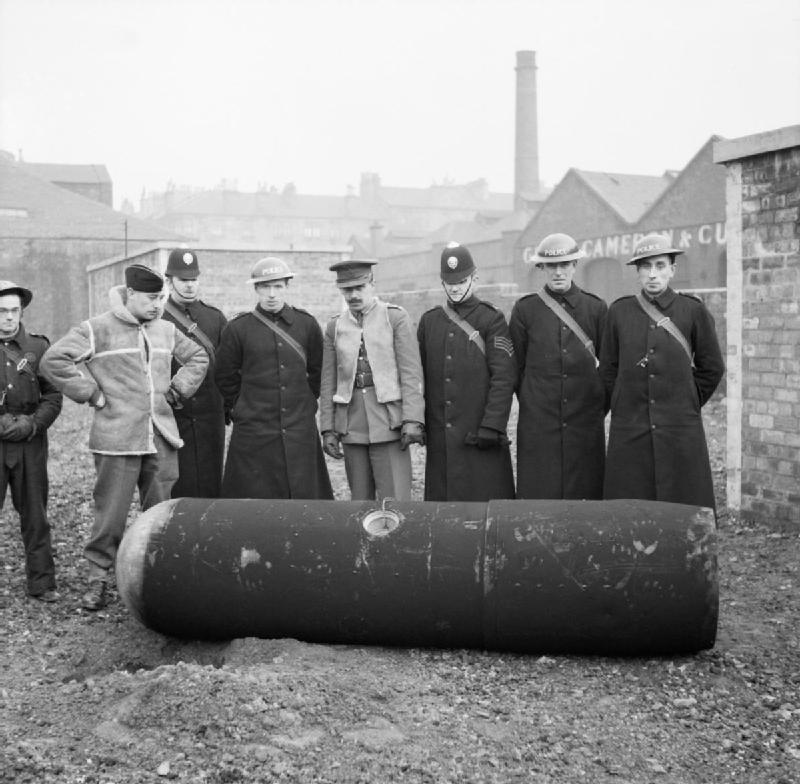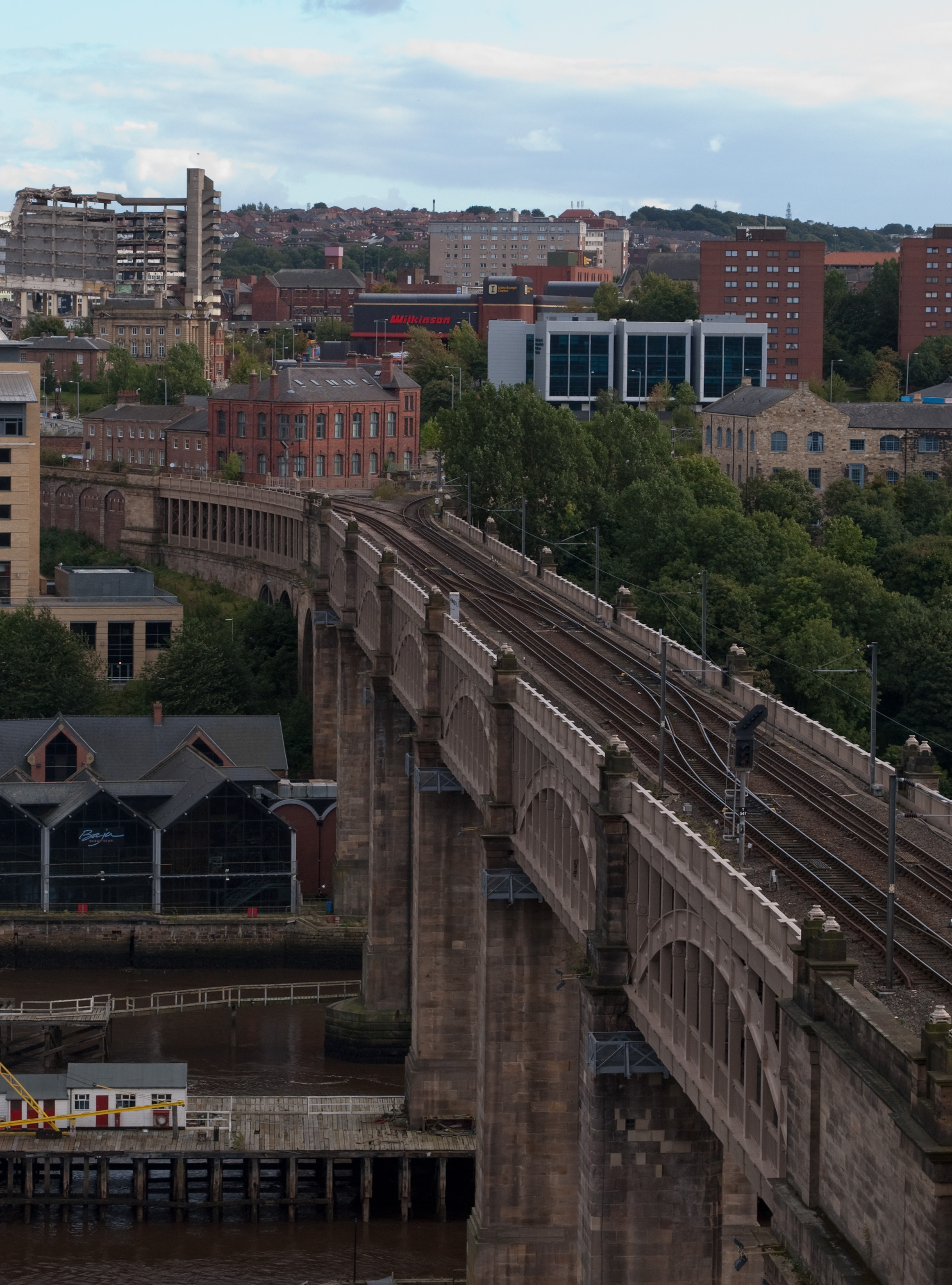|
Newcastle Blitz
The Newcastle Blitz refers to the strategic bombing of Newcastle upon Tyne, England by the Nazi German ''Luftwaffe'' during the second world war. Close to 400 people were killed between July 1940 and December 1941 during bombing raids on the city. Strategic target As part of the Führer's War Directive No. 9, Newcastle, north Tyneside, Wearside and Teesside in north-east England were deemed important targets. The areas had important heavy industry including shipbuilding and busy docks sending coal to London and the south and there were also major railway connections to Scotland. Targets included the Tyne river bridges, the docks, Elswick steelworks, Swan Hunter's shipyard, Vickers Armstrong "Naval Yard" and Wallsend slipway. Following the declaration of war against Germany in September 1939, over 30,000 people, mainly children, were evacuated from the city to areas including the Lake District and rural Northumberland. Bombing raids 1940 The first major raid on Newcastle ... [...More Info...] [...Related Items...] OR: [Wikipedia] [Google] [Baidu] |
Elswick Works , part of Armstrong Whitworth
{{disambig, geo ...
Elswick may refer to: *Elswick, Lancashire, England *Elswick, Newcastle upon Tyne, Tyne and Wear, England *Elswick, Saskatchewan, a ghost town in Canada *Elswick (automobile), an English automobile *Elswick Ordnance Company The Elswick Ordnance Company (sometimes referred to as Elswick Ordnance Works, but usually as "EOC") was a British armaments manufacturing company of the late 19th and early 20th century History Originally created in 1859 to separate William A ... [...More Info...] [...Related Items...] OR: [Wikipedia] [Google] [Baidu] |
Wallsend Slipway & Engineering Company
Wallsend Slipway & Engineering Company Ltd was formerly an independent company, located on the River Tyne at Point Pleasant, near Wallsend, Tyne & Wear, around a mile downstream from the Swan Hunter shipyard, with which it later merged. History The Company was formed by Charles Mitchell, a shipbuilder, in November 1871 as ''The Wallsend Slipway Co.'' with the objective of repairing the shipping vessels of various shipowners with whom he had recently established a business relationship. One of the first ships repaired was the ''Earl Percy'' berthed in 1873. In 1874 Willam Boyd was appointed managing director and it was Boyd who introduced marine engine building to the firm - this becoming over the next decade its most important activity - which brought the words 'Engineering' into the full title of the firm which then became ' The Wallsend Slipway and Engineering Co Ltd'. In 1903 Swan Hunter took a controlling interest in the Company. The company manufactured Parsons turbines ... [...More Info...] [...Related Items...] OR: [Wikipedia] [Google] [Baidu] |
The Blitz
The Blitz was a German bombing campaign against the United Kingdom in 1940 and 1941, during the Second World War. The term was first used by the British press and originated from the term , the German word meaning 'lightning war'. The Germans conducted mass air attacks against industrial targets, towns, and cities, beginning with raids on London towards the end of the Battle of Britain in 1940 (a battle for daylight air superiority between the Luftwaffe and the Royal Air Force over the United Kingdom). By September 1940, the Luftwaffe had lost the Battle of Britain and the German air fleets () were ordered to attack London, to draw RAF Fighter Command into a battle of annihilation.Price 1990, p. 12. Adolf Hitler and Reichsmarschall Hermann Göring, commander-in-chief of the Luftwaffe, ordered the new policy on 6 September 1940. From 7 September 1940, London was systematically bombed by the Luftwaffe for 56 of the following 57 days and nights. Most notable was a large dayligh ... [...More Info...] [...Related Items...] OR: [Wikipedia] [Google] [Baidu] |
Council Housing
Public housing in the United Kingdom, also known as council estates, council housing, or social housing, provided the majority of rented accommodation until 2011 when the number of households in private rental housing surpassed the number in social housing. Houses and flats built for public or social housing use are built by or for Municipality, local authorities and known as council houses, though since the 1980s the role of non-profit housing associations became more important and subsequently the term "social housing" became more widely used, as technically council housing only refers to housing owned by a local authority, though the terms are largely used interchangeably. Before 1865, housing for the poor was provided solely by the private sector. Council houses were built on council estates, known as schemes in Scotland, where other amenities, like schools and shops, were often also provided. From the 1950s, blocks of Apartment, flats and three-or-four-storey blocks of Apart ... [...More Info...] [...Related Items...] OR: [Wikipedia] [Google] [Baidu] |
Newcastle New Bridge Street Railway Station
Newcastle New Bridge Street was a railway station on the edge of the city-centre of Newcastle-upon-Tyne, England. The station was the original Newcastle terminus of the Blyth and Tyne Railway, and was opened on 27 June 1864. In 1874 the Blyth & Tyne was taken over by the North Eastern Railway. For most of its life it served trains to and . Picton House, a villa designed by John Dobson, was used for company offices and passenger facilities. In 1904 the line to Tynemouth was electrified (see Tyneside Electrics), and New Bridge Street temporarily became a terminus for the new electric service. The station was isolated, and had no connection to the lines towards Newcastle Central. In order to create a loop service (see North Tyneside Loop) New Bridge Street was closed to passengers in 1909, and a new link was built to nearby Manors North station, allowing trains to run through to Newcastle Central. Following this, New Bridge Street became a goods station A goods station (also ... [...More Info...] [...Related Items...] OR: [Wikipedia] [Google] [Baidu] |
Parachute Mine
A parachute mine is a naval mine dropped from an aircraft by parachute. They were mostly used in the Second World War by the Luftwaffe and initially by the Royal Air Force (RAF) Bomber Command. Frequently, they were dropped on land targets. History Luftwaffe During the Second World War, the Luftwaffe used a number of different kinds of parachute mines. The ''Luftmine'' A (LMA) and ''Luftmine'' B (LMB) weighed and respectively. The LMA was in length and the LMB . After the parachute opened, the mine would descend at around . If it came down on land, a clockwork mechanism would detonate the mine 25 seconds after impact. If the mine landed in water it would sink to the bottom. If the depth was greater than , water pressure and the dissolving of a water–soluble plug would deactivate the clockwork time-detonator, and activate an anti-shipping detonator. These were initially magnetic detonators but later, acoustic or magnetic/acoustic detonators could be fitted. The Luftwaffe be ... [...More Info...] [...Related Items...] OR: [Wikipedia] [Google] [Baidu] |
Sunderland
Sunderland () is a port city in Tyne and Wear, England. It is the City of Sunderland's administrative centre and in the Historic counties of England, historic county of County of Durham, Durham. The city is from Newcastle-upon-Tyne and is on the River Wear's mouth to the North Sea. The river also flows through Durham, England, Durham roughly south-west of Sunderland City Centre. It is the only other city in the county and the second largest settlement in the North East England, North East after Newcastle upon Tyne. Locals from the city are sometimes known as Mackems. The term originated as recently as the early 1980s; its use and acceptance by residents, particularly among the older generations, is not universal. At one time, ships built on the Wear were called "Jamies", in contrast with those Tyneside, from the Tyne, which were known as "Geordies", although in the case of "Jamie" it is not known whether this was ever extended to people. There were three original settlements ... [...More Info...] [...Related Items...] OR: [Wikipedia] [Google] [Baidu] |
Denmark
) , song = ( en, "King Christian stood by the lofty mast") , song_type = National and royal anthem , image_map = EU-Denmark.svg , map_caption = , subdivision_type = Sovereign state , subdivision_name = Danish Realm, Kingdom of Denmark , established_title = History of Denmark#Middle ages, Consolidation , established_date = 8th century , established_title2 = Christianization , established_date2 = 965 , established_title3 = , established_date3 = 5 June 1849 , established_title4 = Faroese home rule , established_date4 = 24 March 1948 , established_title5 = European Economic Community, EEC 1973 enlargement of the European Communities, accession , established_date5 = 1 January 1973 , established_title6 = Greenlandic home rule , established_date6 = 1 May 1979 , official_languages = Danish language, Danish , languages_type = Regional languages , languages_sub = yes , languages = German language, GermanGerman is recognised as a protected minority language in t ... [...More Info...] [...Related Items...] OR: [Wikipedia] [Google] [Baidu] |
Norway
Norway, officially the Kingdom of Norway, is a Nordic country in Northern Europe, the mainland territory of which comprises the western and northernmost portion of the Scandinavian Peninsula. The remote Arctic island of Jan Mayen and the archipelago of Svalbard also form part of Norway. Bouvet Island, located in the Subantarctic, is a dependency of Norway; it also lays claims to the Antarctic territories of Peter I Island and Queen Maud Land. The capital and largest city in Norway is Oslo. Norway has a total area of and had a population of 5,425,270 in January 2022. The country shares a long eastern border with Sweden at a length of . It is bordered by Finland and Russia to the northeast and the Skagerrak strait to the south, on the other side of which are Denmark and the United Kingdom. Norway has an extensive coastline, facing the North Atlantic Ocean and the Barents Sea. The maritime influence dominates Norway's climate, with mild lowland temperatures on the se ... [...More Info...] [...Related Items...] OR: [Wikipedia] [Google] [Baidu] |
High Level Bridge, River Tyne
The High Level Bridge is a road and railway bridge spanning the River Tyne between Newcastle upon Tyne and Gateshead in North East England. It is considered the most notable historical engineering work in the city.M F Barbey, ''Civil Engineering Heritage: Northern England'', Thomas Telford Publishing, London, 1986, It was built by the Hawks family from 5,050tons of iron. George Hawks, Mayor of Gateshead, drove in the last key of the structure on 7 June 1849, and the bridge was officially opened by Queen Victoria later that year. It was designed by Robert Stephenson to form a rail link towards Scotland for the developing English railway network; a carriageway for road vehicles and pedestrians was incorporated to generate additional revenue. The main structural elements are tied cast-iron arches. Notwithstanding the considerable increase in the weight of railway vehicles since it was designed, it continues to carry rail traffic, although the King Edward bridge nearby was op ... [...More Info...] [...Related Items...] OR: [Wikipedia] [Google] [Baidu] |
Gateshead
Gateshead () is a town in the Gateshead Metropolitan Borough of Tyne and Wear, England. It is on the River Tyne's southern bank. The town's attractions include the twenty metre tall Angel of the North sculpture on the town's southern outskirts, The Glasshouse International Centre for Music and the Baltic Centre for Contemporary Art. The town shares the Millennium Bridge, Tyne Bridge and multiple other bridges with Newcastle upon Tyne. Historically part of County Durham, under the Local Government Act 1888 the town was made a county borough, meaning it was administered independently of the county council. In the 2011 Census, the town had a population of 120,046 while the wider borough had 200,214. History Name origins Gateshead is first mentioned in Latin translation in Bede's ''Ecclesiastical History of the English People'' as ''ad caput caprae'' ("at the goat's head"). This interpretation is consistent with the later English attestations of the name, among them ''Gatesheue ... [...More Info...] [...Related Items...] OR: [Wikipedia] [Google] [Baidu] |






